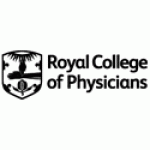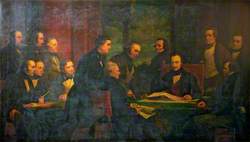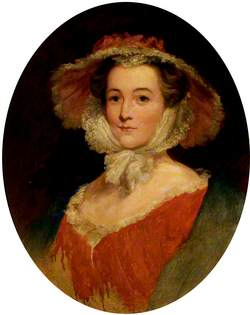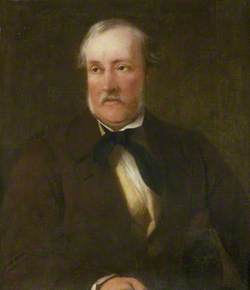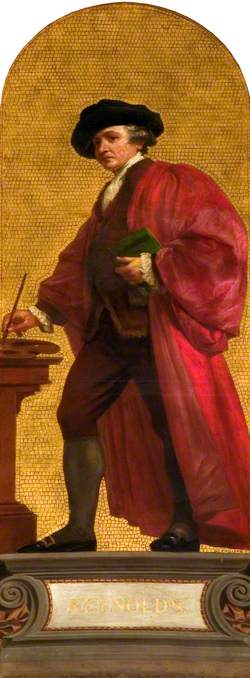How you can use this image
This image is available to be shared and re-used under the terms of the Creative Commons Attribution-NonCommercial-NoDerivatives licence (CC BY-NC-ND).
You can reproduce this image for non-commercial purposes and you are not able to change or modify it in any way.
Wherever you reproduce the image you must attribute the original creators (acknowledge the original artist(s) and the person/organisation that took the photograph of the work) and any other rights holders.
Review our guidance pages which explain how you can reuse images, how to credit an image and how to find more images in the public domain or with a Creative Commons licence available.
DownloadNotes
Add or edit a note on this artwork that only you can see. You can find notes again by going to the ‘Notes’ section of your account.
William Prout (1784–1850) specialised in organic chemistry. He was the first to recognise the organic deterioration of tissues, and he revealed that the gastric juices of animals contain hydrochloric acid. He published papers on urine and digestion that contributed to the understanding of metabolism. He also demonstrated that the main food groups (carbohydrate, protein and fats) were transformed into blood and tissues, ‘primary assimilation’, by a vital principle that also controlled the removal of unwanted parts from the system, ‘secondary assimilation’. Prout was born into a well-established Gloucestershire family. His early education was neglected in favour of farming, but at the age of 17 he left to study medicine at Edinburgh University.
Title
William Prout (1784–1850)
Date
1855
Medium
oil on canvas
Measurements
H 75.6 x W 62.9 cm
Accession number
X269
Acquisition method
commissioned, 1855
Work type
Painting

